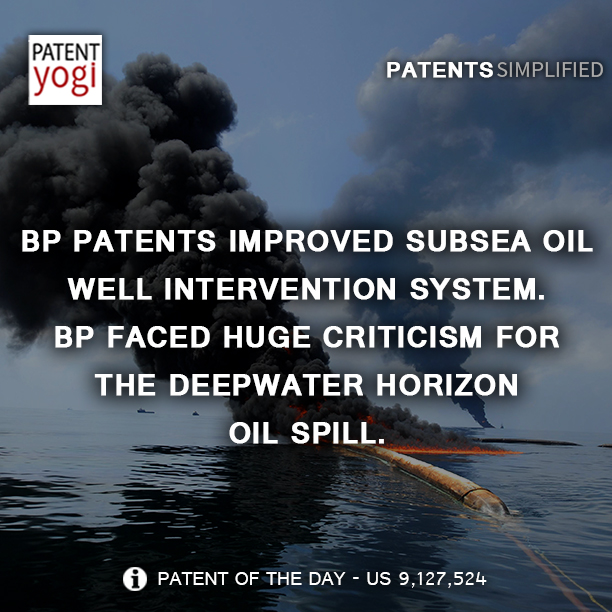Conventionally, subsea wells are built up by installing a primary conductor in the seabed, securing a wellhead to the upper end of the primary conductor and, with a drilling blowout preventer (BOP) stack installed on the wellhead, drilling down through the BOP stack, wellhead, and primary conductor to produce a wellbore while successively installing concentric casing strings that line the wellbore.
After completion and during production, it is often necessary to access the well to carry out various operations including, but not limited to, managing the production of oil or gas, altering the geometry or overall state of the well, allowing for various diagnostics to be run, etc. Such processes requiring access to the well after completion and production are often referred to as “intervention” operations. To ensure that the well can be sealed-off and isolated in the event of an emergency situation during an intervention, any intervention method includes, among other things the following three safety capabilities/functions–(1) a means for shearing off downhole components within the wellbore of the well; (2) a means for sealing off the wellbore; and (3) a means for disconnecting the intervention system and surface vessel from the wellhead equipment (e.g., the subsea tree, the wellhead, the tubing spool, etc.).
The patented the method comprises isolating the subsea well with a subsea production tree disposed at an upper end of the subsea well, wherein the production tree has an upper end, a lower end, a vertical flow bore extending from the upper end to the lower end, and a substantially horizontal flow bore extending from the vertical flow bore. In addition, the method comprises lowering a landing string subsea from a vessel disposed at the sea surface, wherein the landing string includes a conduit, a running tool coupled to a lower end of the conduit, and a retainer valve disposed along the conduit proximal the lower end. Further, the method comprises coupling the landing string to the upper end of the production tree. Still further, the method comprises allowing fluid communication between the subsea well and the conduit through the vertical flow bore. Also, the method comprises lowering an intervention component through the conduit and the production tree into the subsea well.
Patent Information
Patent Number: US9,127,524
Patent Title:Subsea well intervention system and methods
Inventors: Dahlem; Jason (Houston, TX), Green; Matthew (Katy, TX)
Assignee: BP Corporation North America Inc. (Houston, TX)
Family ID: 1000001323555
Appl. No.: 14/199,407
Filed: March 6, 2014
Abstract: A system for performing an intervention on a subsea wellhead, the system including a production tree having a central axis, a first end, a second end, and a first flow bore extending axially from the first end to the second end. The production tree includes a master valve disposed along the first flow bore, a swab valve disposed along the first flow bore between the master valve and the first end, and a shearing device disposed along the first flow bore between the master valve and the second end. The second end of the production tree comprises a connector configured to releasably couple to the subsea wellhead, and the shearing device is configured to shear a component extending through the first flow bore.
Want a patent for your invention, share details with us for a free patent search – https://patentyogi.com/novelty-search/.


